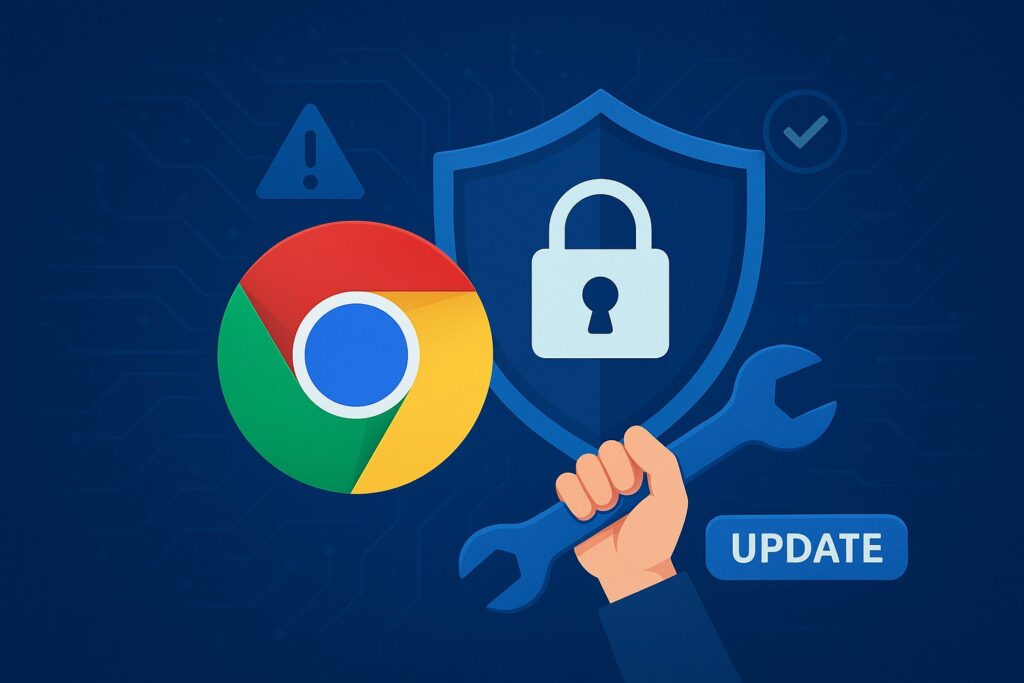We use websites for everything. From checking our bank balance and paying bills to connecting with friends and reading the daily news, these digital platforms are woven into the fabric of our lives. We trust them with our personal data, financial details, and private communications, yet we rarely consider the immense, multi-layered effort required to keep them secure. We might think of a firewall or an antivirus program as a digital shield, but true web security is far more complex.
Recently, I delved into an official government publication: Thailand’s National Standard for Website Security. While dense and technical, this document is a masterclass in modern cybersecurity strategy. By analyzing its structure and requirements, I was able to distill five powerful, and often counter-intuitive, truths about what it really takes to protect a website today. These lessons go beyond simple technical fixes, revealing that effective security is a strategic, continuous discipline that involves an entire organization, from the boardroom to the server room.

1.The Real Target: Nearly Half of All Cyberattacks Hit Websites
When we think of cyber threats, our minds often jump to phishing emails or malware targeting corporate networks. But the first surprising truth revealed by the standard is where attackers are focusing their firepower. According to official statistics from 2023-2024, a staggering 44% of all cyber threats targeted websites. This includes everything from hacked sites used for defacement or illegal gambling to the creation of fake websites designed for fraud.
This statistic reframes the public-facing website as the primary battleground of cybersecurity. For any business leader, this should be a wake-up call. It means your company’s website isn’t just a marketing tool; it’s your primary exposure to financial and reputational risk. A successful attack can lead to far more than just data theft; the consequences ripple outward to include direct financial loss, severe reputational damage, legal liabilities, and even risks to national security. When nearly half of all attacks are aimed at this one area, it becomes clear that website security cannot be an afterthought—it must be a core priority.
2.Great Security Starts in the Boardroom, Not the Server Room
Most people think web security is about having the latest firewall and antivirus software—a technical problem solved with technical tools. But Thailand’s National Standard suggests this is a recipe for failure. The most critical security work happens not in the server room, but in the boardroom, which is why its structure reveals a profound truth.
The document is divided into two main parts, and the order is critical: “Website Security Governance” comes first, followed by “Website Security Operation.” This isn’t an arbitrary choice. The “Governance” section mandates the establishment of formal policies, the clear definition of roles and responsibilities, and the creation of a comprehensive risk management strategy. It counters the common misconception that cybersecurity is the sole responsibility of the IT department. The standard makes it clear that without a clear strategy, approved policies, and defined accountability from leadership (the “boardroom”), any technical measure implemented by engineers (the “server room”) is built on unstable ground and is ultimately destined to fail.


3.It’s a Never-Ending Cycle, Not a One-Time Fix
Many organizations approach security as a project with a start and an end date: you install the firewall, configure the software, and you’re “secure.” The national standard demolishes this myth by framing security operations as a continuous, never-ending cycle based on the globally recognized NIST Cybersecurity Framework. It organizes all operational tasks into five core functions that feed into one another:
- Identification: First, you can’t protect what you can’t see.This is the crucial step of mapping out every piece of your digital footprint—servers, code, data—and understanding the unique threats each one faces.
- Protection: This is where the shields go up.It involves implementing safeguards to defend your website. This isn’t just about firewalls; the standard calls for embedding security into the entire development lifecycle, using modern practices like DevSecOps to ensure safeguards are built-in, not bolted on.
- Detection: You need vigilant sentinels.This function is about actively monitoring your systems to identify anomalies, potential threats, and security incidents as they happen, not after the damage is done.
- Response: When the alarm sounds, you need a fire drill, not a debate.This requires having a well-defined and rehearsed plan to take immediate action the moment a security incident is detected to contain the threat.
- Recovery: The goal is resilience, not just restoration.This is the process of restoring normal operations, repairing any damage caused by an attack, and ensuring business continuity.
This cyclical model proves that security isn’t a “set it and forget it” task. It’s a dynamic and living process of constant assessment, defense, reaction, and adaptation to an ever-changing threat landscape.
- Your Digital Ghost: Why You Can’t Just “Delete” a Website
What happens when a website is no longer needed? Most of us would assume you just turn off the server and walk away. However, the standard highlights a critical and often overlooked phase of the website lifecycle: secure decommissioning. It includes a specific requirement for “Practices for discontinuing website use” treating the retirement of a website as a formal security process.
The risks of improper decommissioning are severe. If a domain name is allowed to expire, a malicious actor can purchase it and impersonate the original organization, tricking former users and damaging the brand’s reputation. Furthermore, servers that are not properly wiped can leave behind sensitive data, creating a potential data breach long after the website has gone dark. This process is so critical that the standard points to globally recognized guidelines like NIST SP 800-88, which details rigorous procedures for ensuring data is forensically unrecoverable. This “digital cleanup” prevents a website’s “ghost” from coming back to haunt the organization and its users.

5. Your Website’s Three Lines of Defense
A final, powerful insight is how the standard dismantles the notion that security is “the IT team’s job.” It advocates for a risk management model known as the “Three Lines of Defense,” which ensures security is a shared responsibility with robust checks and balances throughout the organization. The easiest way to understand it is to think of protecting a castle.
- The First Lineare the soldiers on the walls—the IT and cybersecurity teams who own and manage security risks on a daily basis, actively fighting off threats.
- The Second Lineare the watchtower commanders—functions like IT risk management and compliance. They aren’t fighting directly but are ensuring the soldiers follow protocol and have the right equipment.
- The Third Lineis the king’s independent inspector—typically internal audit. This function visits periodically to provide independent assurance that the entire defense strategy, from the soldiers to the commanders, is actually working.
This model creates a clear framework for governance and accountability. It ensures that the people implementing security (First Line) are being overseen (Second Line) and independently audited (Third Line), creating a resilient and self-correcting security posture for the entire organization.

Conclusion: Security is a Strategy, Not Just a Shield
Analyzing a national standard for website security reveals a truth that applies globally: effective cybersecurity is not a product you can buy, but a holistic strategy you must build. It requires top-down governance, a continuous operational cycle, and a clear system of checks and balances that permeates the entire organization. From understanding that your website is a primary target to planning for its eventual retirement, security must be woven into every stage of its lifecycle.
Ultimately, the standard reveals that website security is not a cost center, but a core component of business strategy. The digital ‘front doors’ that are built with this holistic view are the ones that will earn and keep customer trust in the long run.






